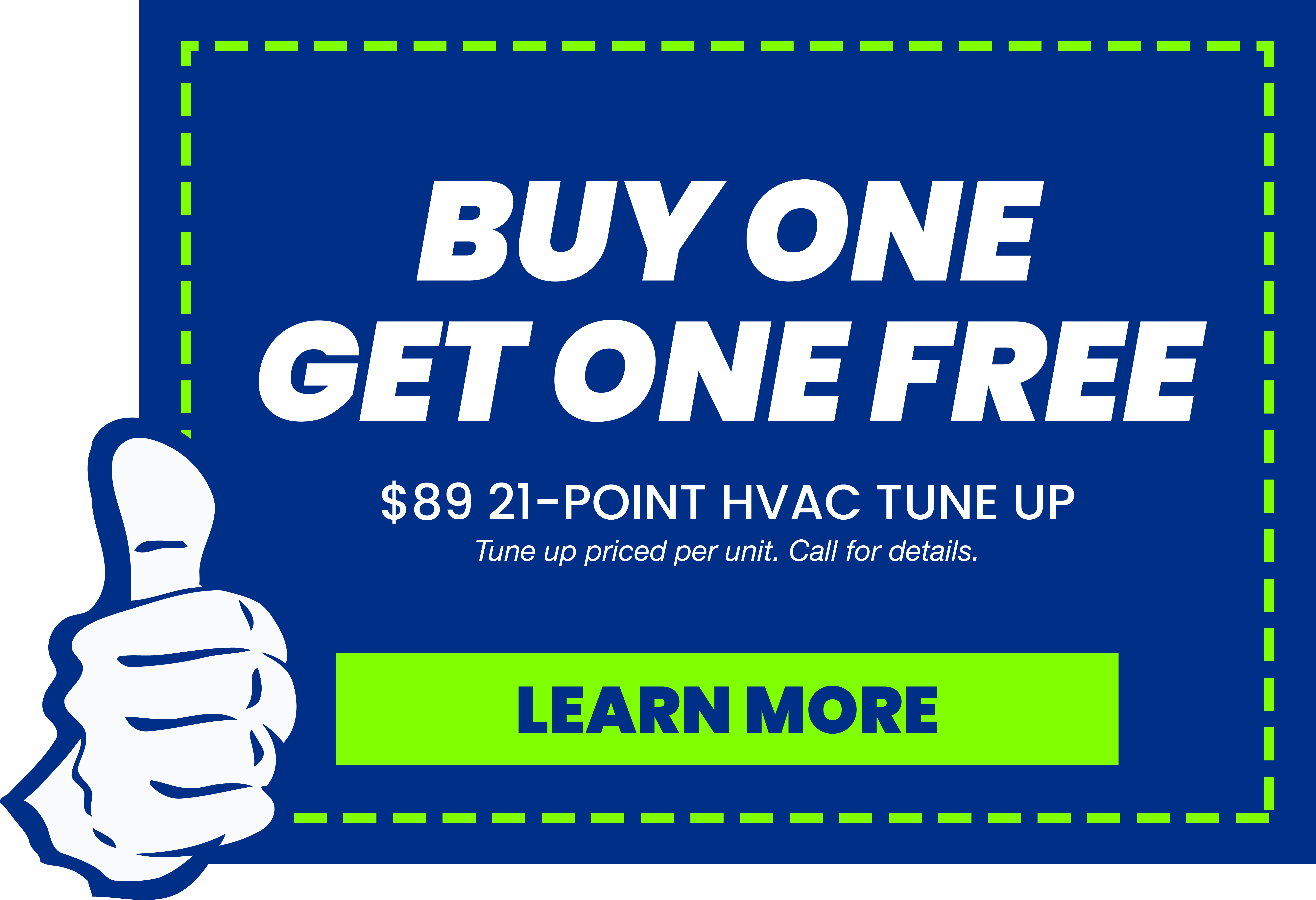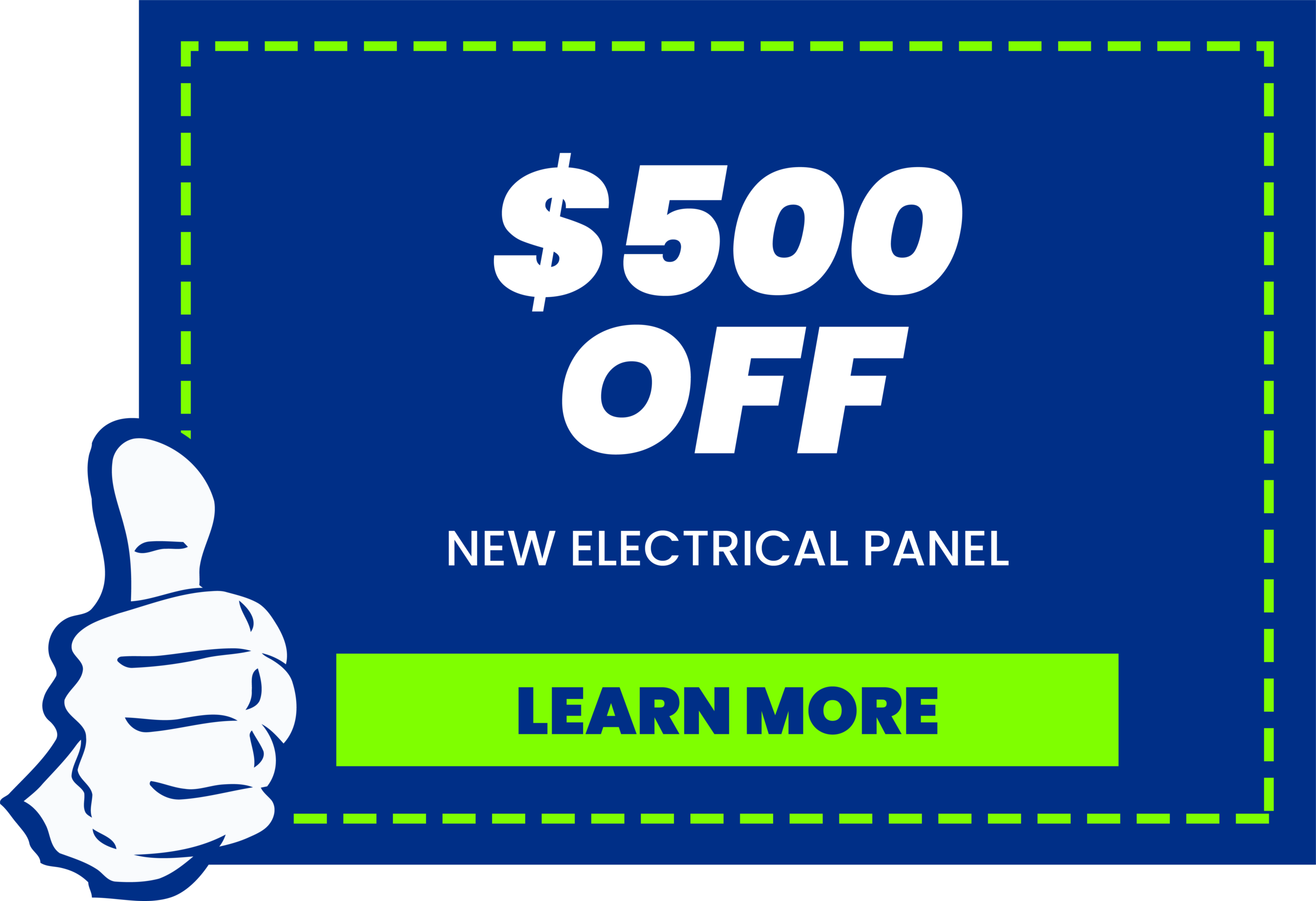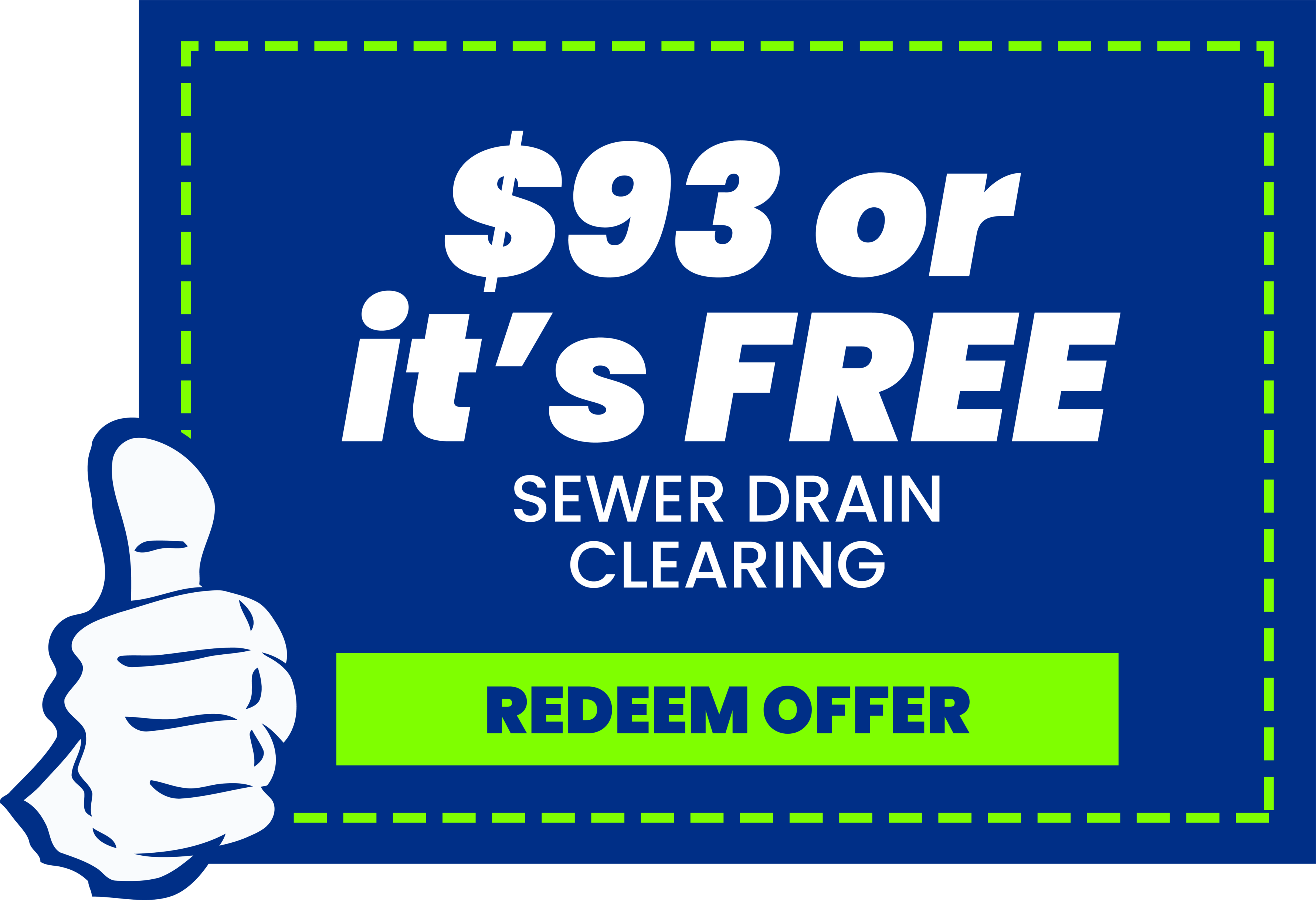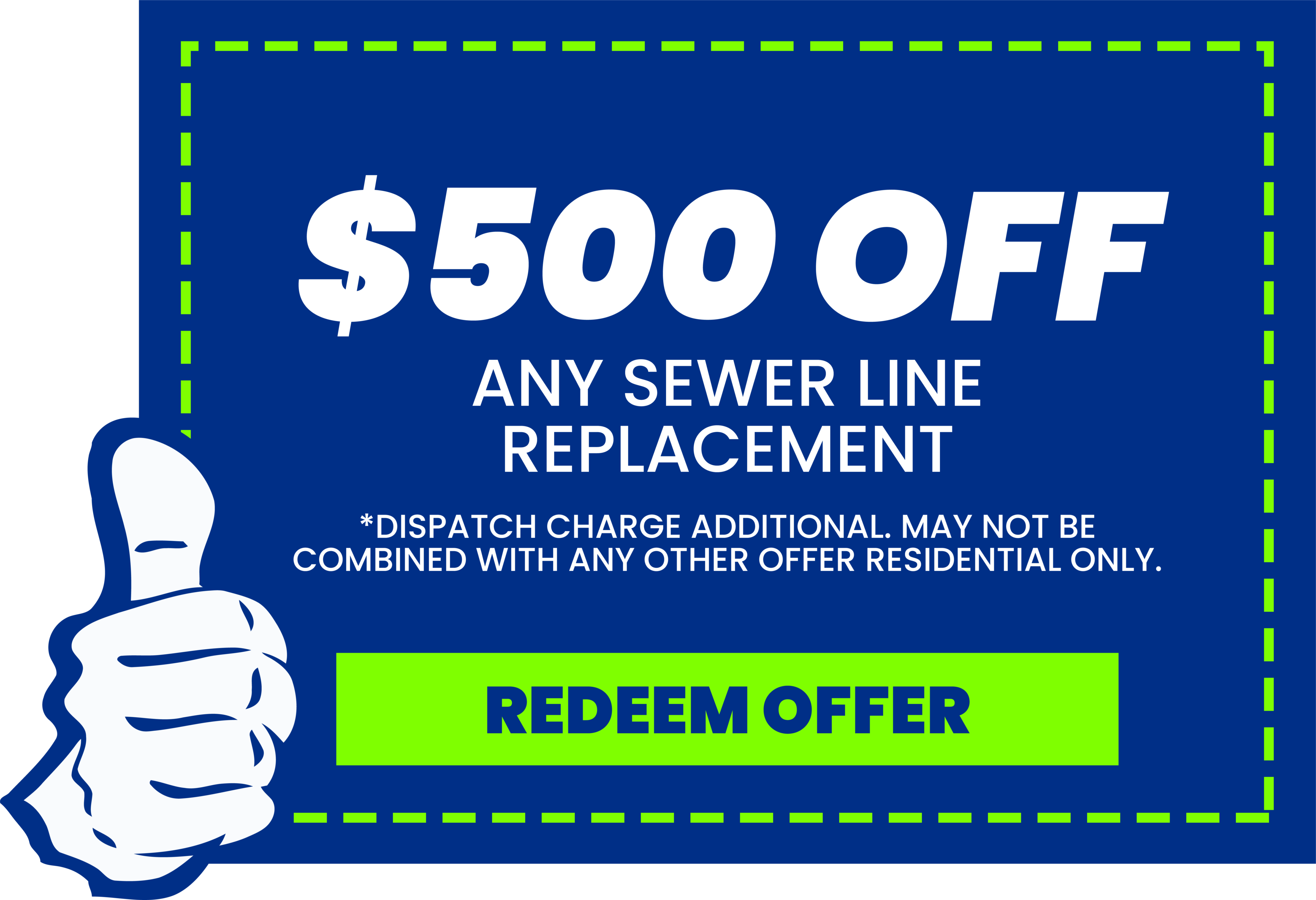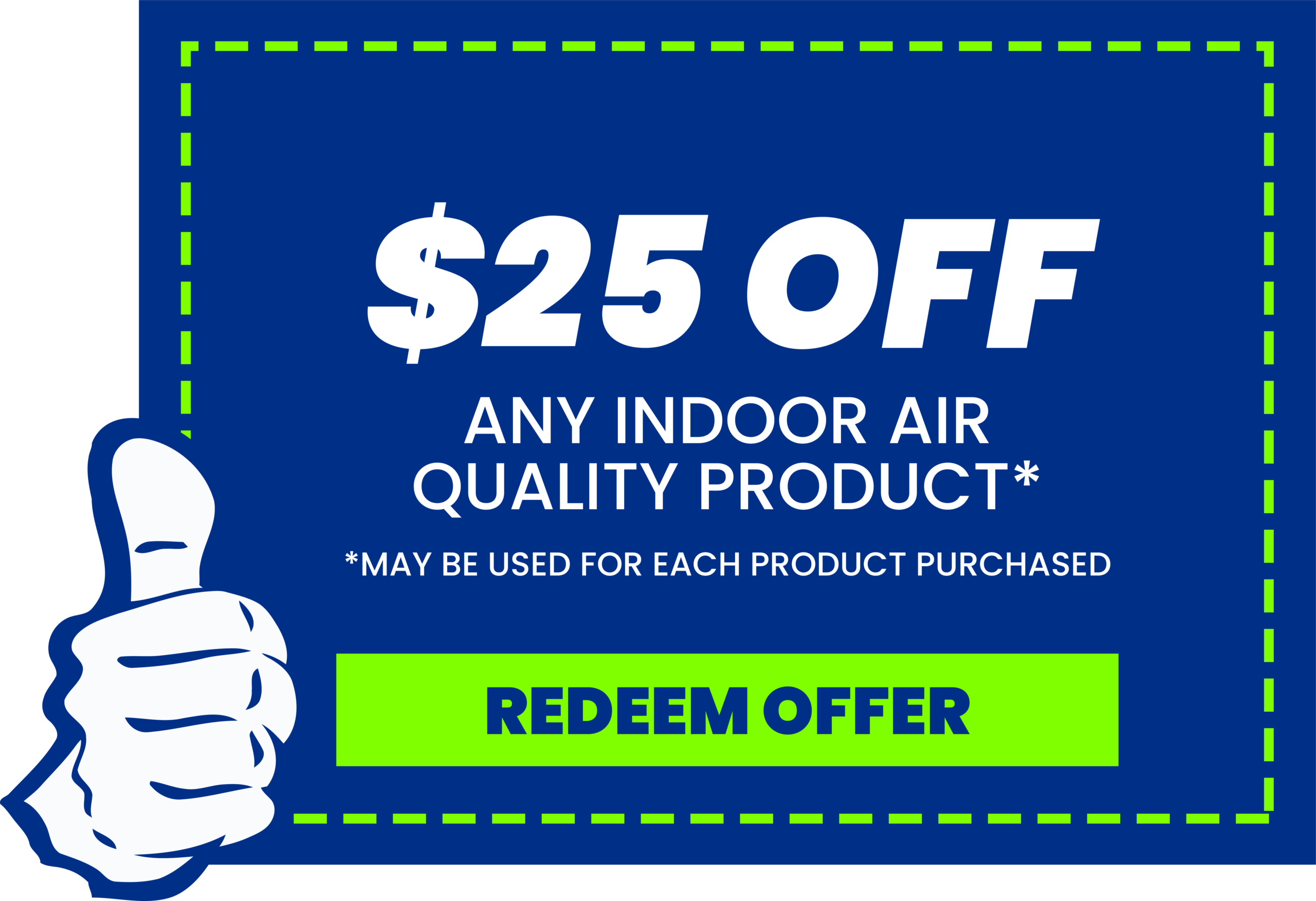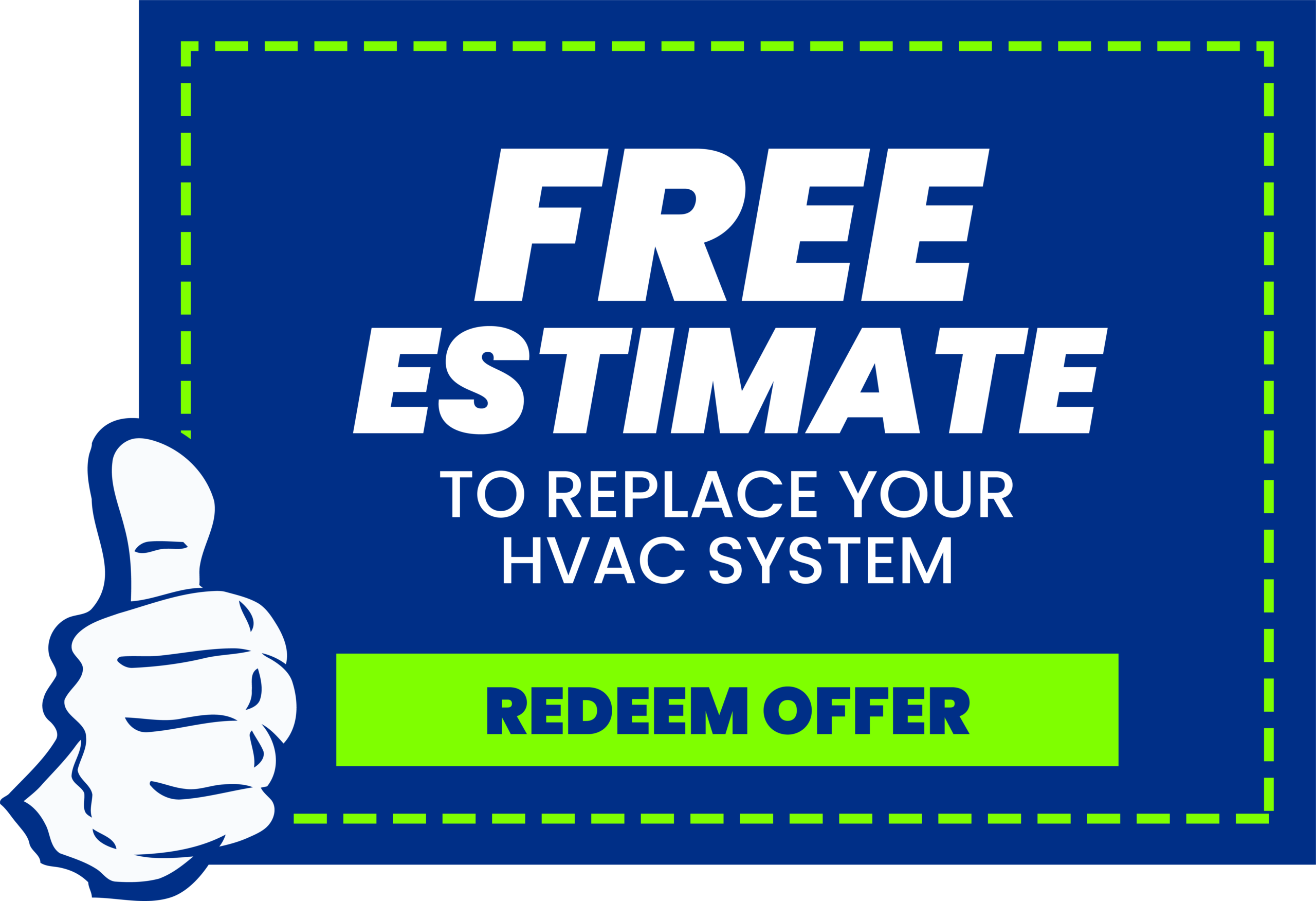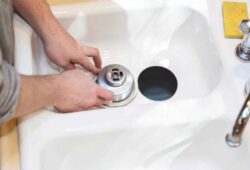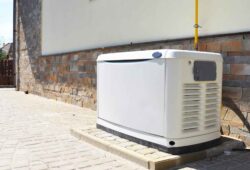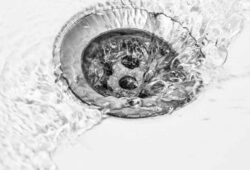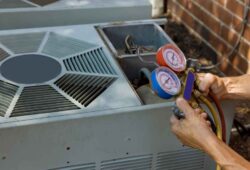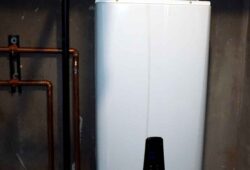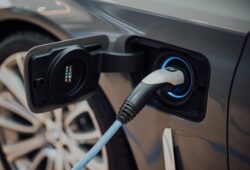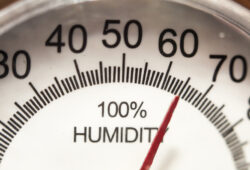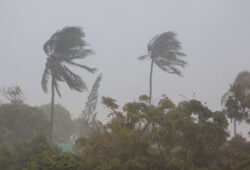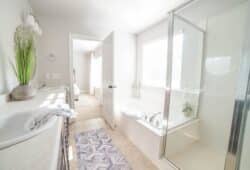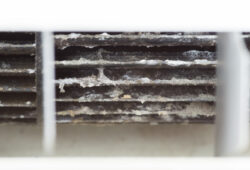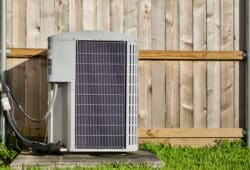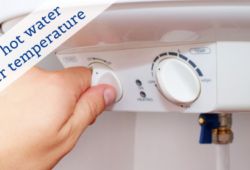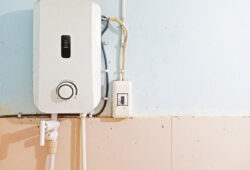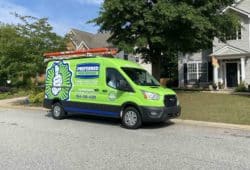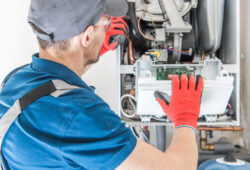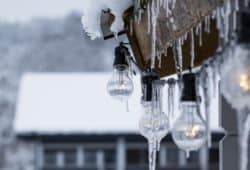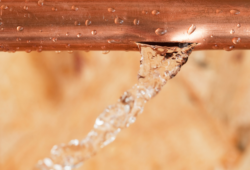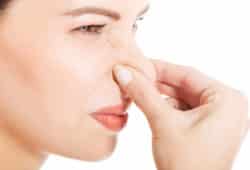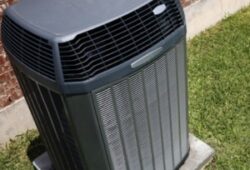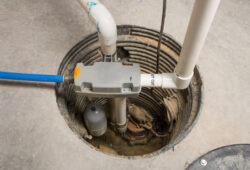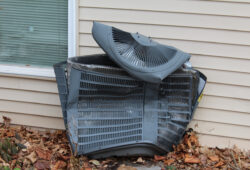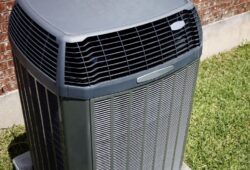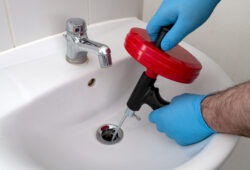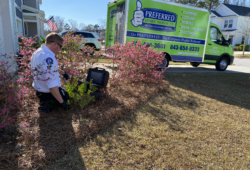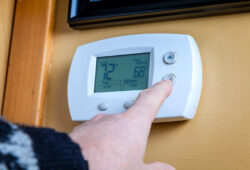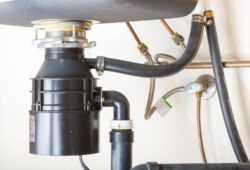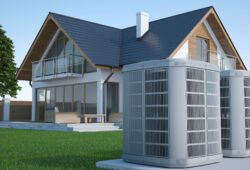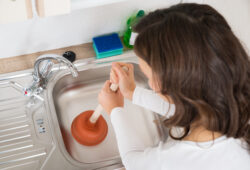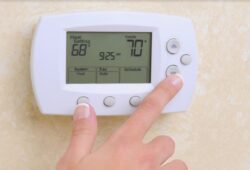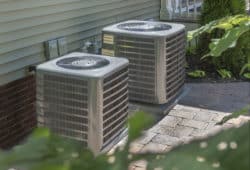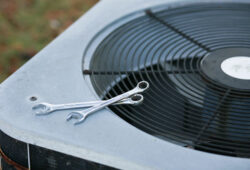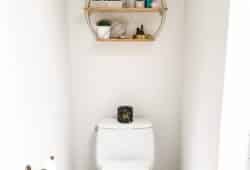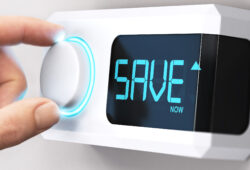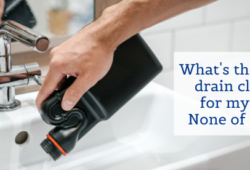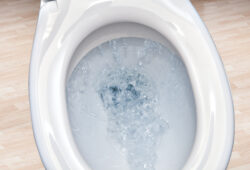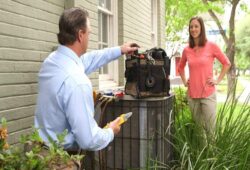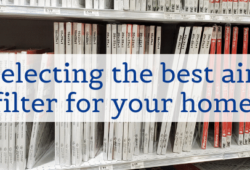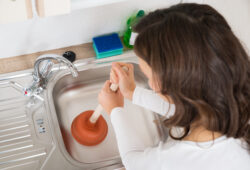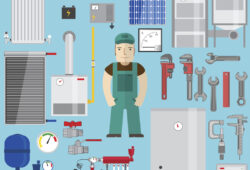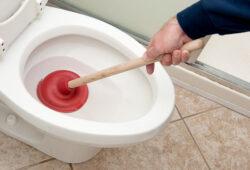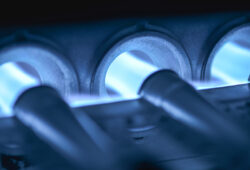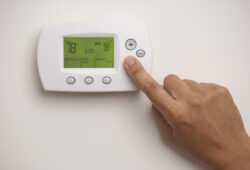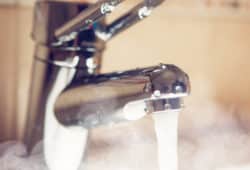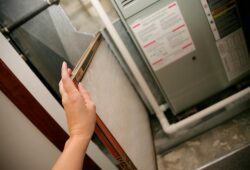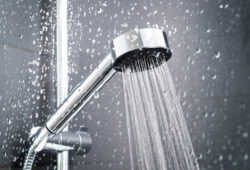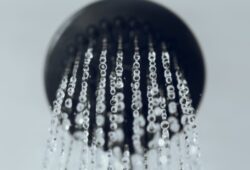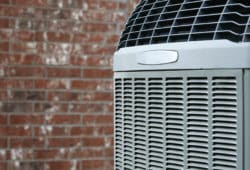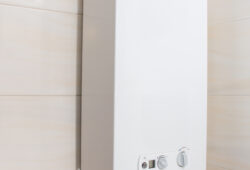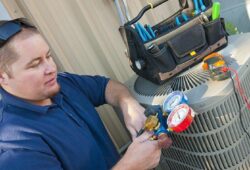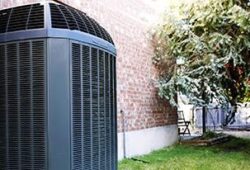Clean air filters save time, money and improve the air quality of your home! Dust, pet dander, pollen, and more can turn home-sweet-home into an allergy trigger. And, a dirty filter makes the system work harder causing reduced air flow and other costly inefficiencies potentially driving up your power bill! But, that’s not all! Without an air filter, bits of debris can be pulled into the system resulting in dirty air ducts that put your home at risk of fire or system failure!
We know it can be easy to neglect home maintenance, but the steps are simple and cost-effective once you set a schedule and have the right tools! Maintaining the quality of air in your home is twofold:
- buying the right air filter for your system and health needs
- replacing the air filter on a regular schedule
A common mistake is to think the right air filter for your home is the most expensive one available on the market. In fact, some of the most expensive air filters promising to catch even the tiniest mold spore or suggesting they can be changed infrequently might unnecessarily wear out your system faster by increasing the effort to pull in air. Consider your individual health needs, whether you have pets inside and environmental factors when making your purchase! For example, customers in a new housing subdivision might face more dust in their neighborhood requiring a need for enhanced filtration for a period. Some customers appreciate finer filtration during the Spring season than other times of year. If one type fit all, the air filter aisle in your local grocery or hardware store would be a lot smaller!
Many homeowners choose a disposable filter – either flat fiberglass, pleated or HEPA (High Efficiency Particulate Air). Washable air filters, such as electrostatic air filters, use many layers of grate-like metal that rely on static to trap particulates. They have several maintenance drawbacks, are the most expensive and may require adjustments to your airbox. The driver behind selection often rests with how small of a particle you’re seeking to capture.
The least expensive air filter is typically the flat fiberglass, which does very little air cleaning and is more about basic-level HVAC component protection. Pleated non-HEPA media are easier on air flow than HEPA, but catch less fine particles. The more expensive the pleated air filter, likely the greater the fine particle capture. However, most experts agree that the top-of-the-line pleated filter is a reasonable substitute for a bottom of the line HEPA filter. For premium air quality control, homeowners often select HEPA filters because they catch 99.97% of all fine particles. We recommend HEPA for our customers with asthma, COPD and other health complications. But, if a HEPA filter is too restrictive to the air flow of your system, a pleated filter is the way to go! Often, one can strike a balance between a medium-level filter and more frequent changes so that air flow is never compromised.
Next, let’s consider frequency of changing your air filter! There’s no hard and fast rule for changing your filter. A recommendation should be on the filter you purchase. Again, consider your environmental and health factors. These factors may change across the year. Most homeowners change filters every 1, 2, or 3 months. The home of someone with allergies, pets, infants and or elderly may err on the side of changing filters every 20-45 days while a vacation home or single occupant home might push their filter changes out to quarterly! A pro tip from our HVAC team is to write the date on the cardboard portion of your filter and set a reminder on your calendar for when you expect it is time to replace it! And, always turn off your system BEFORE changing out the filter.





